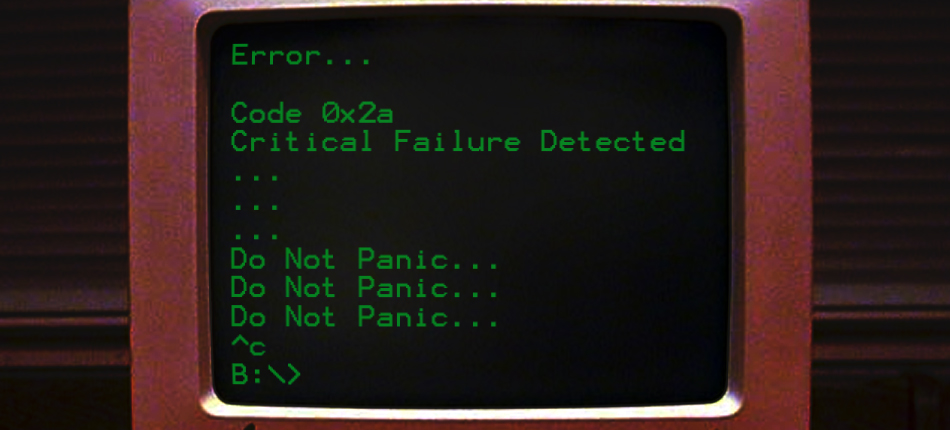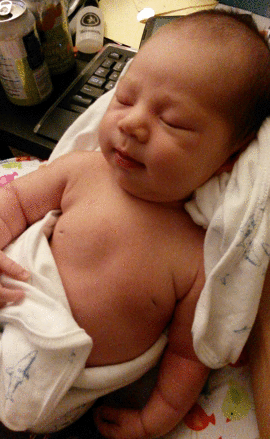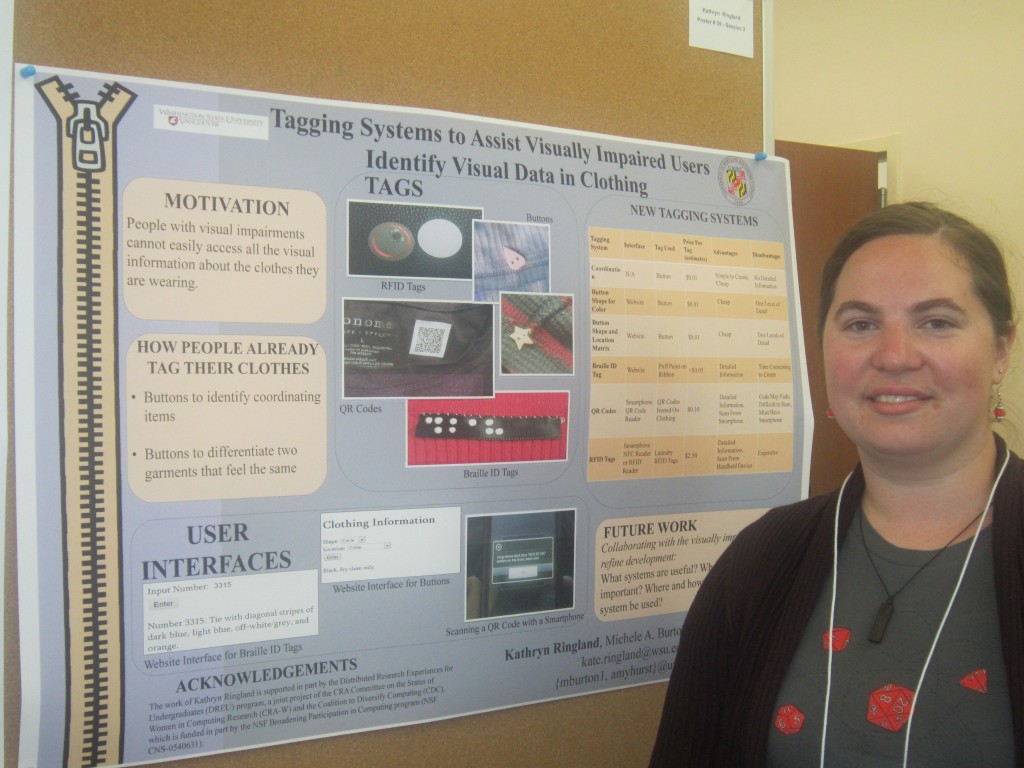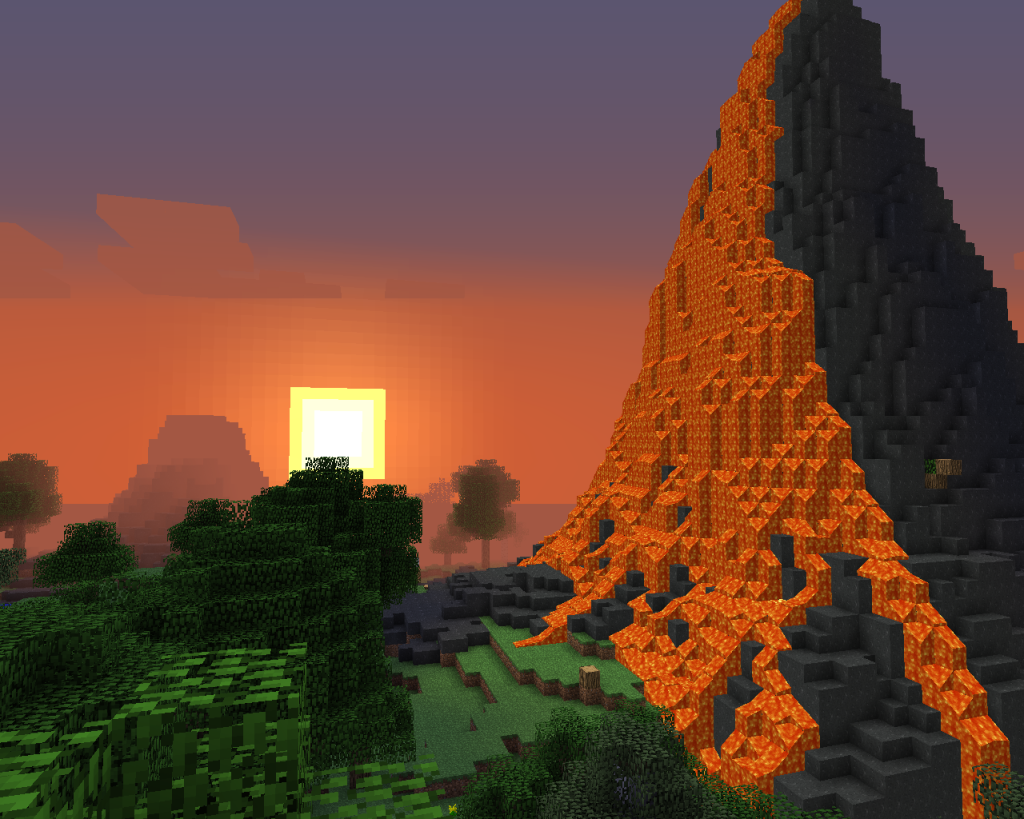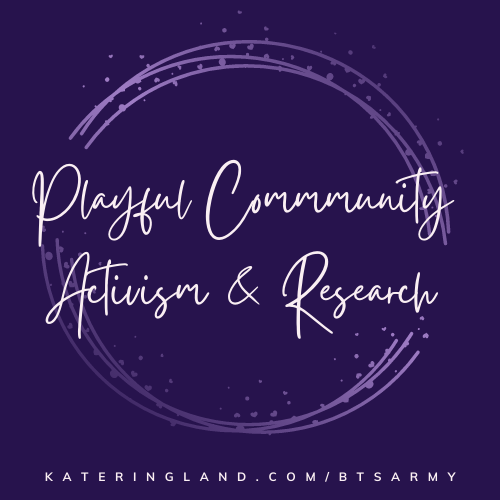Category: 0x2a (Page 10 of 14)
For those that know me personally, you’ll know I recently gave birth to the sweetest little boy. He is known as baby Kai in my HCI circles to identify him from the many Kai, Khai, and CHI’s floating about. He’s 3 months old and, as I have heard from several sources, I am just now starting to come out of the fog. I perhaps likened my experiences as more sort of clawing my way out of a pit, but the end result is the same. I am here, slightly battered and definitely disoriented, but so very much richer than I was before.
I start this blog up again because I feel like it was always an important thing for me to document what has been happening in my life- both for my own amusement and to point to when people ask me how I “do it” (that is, go to grad school, be a mom, and stay a semi-sane human being).
The plan is to produce posts (realistically, semi-sporadically) about my research, writing, things I’m reading, videos as I make them, tales from being a grad school mom, progress on video games I’m making, and gaming in general (I’m going to be honest, you’re going to probably get a lot about Minecraft).
A handful of experiences and people helped to transform me from a lost undergraduate who was thinking of dropping out, to a successful, ambitious graduate student. I struggled for many years as an underrepresented student, both as a woman and as a student with a disability, to complete my undergraduate degree and find my niche in the world. Now, not only do I want to make a career of researching assistive technology, I also want to be a mentor for those who follow me, just as I had mentors to guide my way.
As the only woman in my undergraduate computing classes, I faced adversity and isolation. I sought support and attended the Grace Hopper Celebration of Women in Computing Conference (GHC). Upon learning that I was one of many women facing isolation in their computing courses, I founded an ACM-W Chapter for women in computing at Washington State University Vancouver (WSUV). I felt the need to create greater participation of college women in computing, a support network for them, and a way to mentor freshmen and high school girls. As the chair of the chapter for the first year, I planned a campus-wide event to encourage women to pursue computing careers and spoke at a panel discussion. The event hosted 40 women from campus and the local community and received very positive feedback. The women from the community college who had not considered pursuing a four-year degree until they heard our panel inspired me. I have continued to mentor one young woman who is now pursuing her undergraduate degree in computer science and intends to continue on to graduate school.
On my graduate school campus, University of California Irvine (UCI), I am involved in a similar group: Women in Information and Computer Sciences (WICS). I volunteered with WICS in summer 2013 to mentor middle and high school girls interested in computing. In fall 2013, I also helped start a graduate chapter of this group. As a graduate student representative for UCI, I attended GHC 2014 as a student volunteer. My connections with these groups led me to other opportunities, such as conducting research and presenting at two academic conferences, as well as mentoring underrepresented undergraduates.
Through my experiences with the women in computing groups, I have realized how important mentorship is for those in the early stages of their careers. Through teaching and mentoring, I have been able to ignite my passion for helping others through research with students and also pass along valuable skills that they will use in their future studies. During my first year as a graduate student, I led a diverse team of undergraduates, all of whom are underrepresented minorities, in the development of a whole-body interface application on the Microsoft Kinect for children with autism. I encouraged my team to work together to solve problems and learn how to collaborate effectively. I also coached them in giving a presentation to the lab about their work. Continuing this project, I have expanded the scope of the software, and have begun working with a professor from the Dance Department to create new avenues of therapy for children with autism. One of the undergraduates I mentored has since graduated with a B.S. in Informatics and is now applying to graduate school.
In an effort to serve my local community, I volunteer as an instructor for technology use workshops for young adults with autism who are transitioning into the workplace from high school. In a more formal setting, I have also had the opportunity to be a teaching assistant for undergraduate level courses. As part of my responsibilities, I have worked with students one-on-one, as well as leading discussion sections of more than 40 students. In addition to regular discussion lectures, I also gave a guest lecture to the entire class of 250 students. Knowing the importance of mentorship for undergraduates, these varied teaching experiences increase my desire to seek a position that allows me to continue mentorship my PhD.
Social media, including virtual worlds, has the potential to support children with autism in making friendships, learning pro-social behavior, and engaging in collaborative play with their peers. However, currently, little is known about how children with autism interact socially in online spaces. Furthermore, there is much more to learn about how technology can support these collaborative interactions. In this study, I propose investigating how a virtual world can be intentionally run alongside other complementary social media (e.g., website, forum, Facebook, Twitter, and Google+) specifically for children with autism. The contribution of this work is to create design guidelines for creating social media systems (including virtual worlds) to support social interactions of children with autism.
Current Publications:
Kathryn E. Ringland. 2019. “Do you work for Aperture Science?”: Researching and Finding the Gamer Identity in a Minecraft Community for Autistic Children. In FDG 2019. [PDF] [BLOG]
Kathryn E. Ringland. 2019. A Place to Play: The (Dis)Abled Embodied Experience for Autistic Children in Online Spaces. In CHI 2019. [PDF] [BLOG]
Kathryn E. Ringland. 2019. “Autsome”: Fostering an Autistic Identity in an Online Minecraft Community for Youth with Autism. In iConference 2019 Proceedings. [PDF] [BLOG]
Kathryn E. Ringland, LouAnne Boyd, Heather Faucett, Amanda L.L. Cullen, Gillian R. Hayes. Making in Minecraft: A Means of Self-Expression for Youth with Autism. In IDC 2017. [PDF] [BLOG]
Kathryn E. Ringland, Christine T. Wolf, LouAnne E. Boyd, Mark Baldwin, and Gillian R. Hayes. 2016. Would You Be Mine: Appropriating Minecraft as an Assistive Technology for Youth with Autism. In ASSETS 2016. [Acceptance Rate: 25%]. Best Paper. [PDF][BLOG]
Ringland, K. E., Wolf, C. T., Faucett, H., Dombrowski, L., & Hayes, G. R. (2016). “‘Will I always be not social?’: Re-Conceptualizing Sociality in the Context of a Minecraft Community for Autism”. In Proceedings of ACM CHI Conference on Human Factors in Computing Systems 2016. [Acceptance Rate: 23.4%]. [PDF][BLOG]
Ringland, K.E., Wolf, C.T., Dombrowski, L., and Hayes, G.R. “Making ‘Safe’: Community-Centered Practices in a Virtual World Dedicated to Children with Autism”. Proceedings of the 2015 ACM International Conference on Computer Supported Collaborative Work, ACM (2015). [Acceptance Rate: 28.3%]. [PDF][BLOG]
Ringland, K.E., Wolf, C.T., Hayes, G.R. (2015, May 15). “The Benefits of Online Play: An Investigation of Virtual Worlds for Children with Autism Spectrum Disorder”. International Meeting for Autism Research Salt Lake City, Utah.
Ringland, K.E., Hayes, G.R. (2014, April 27). “Virtual Worlds: An Alternative Method for Communication for Children with Autism Spectrum Disorder”. Workshop: Supporting Children with Complex Communication Needs. ACM SIGCHI Conference on Human Factors in Computing Systems. Toronto, Canada. [PDF]
Last Updated: September 16, 2019
Related Posts:
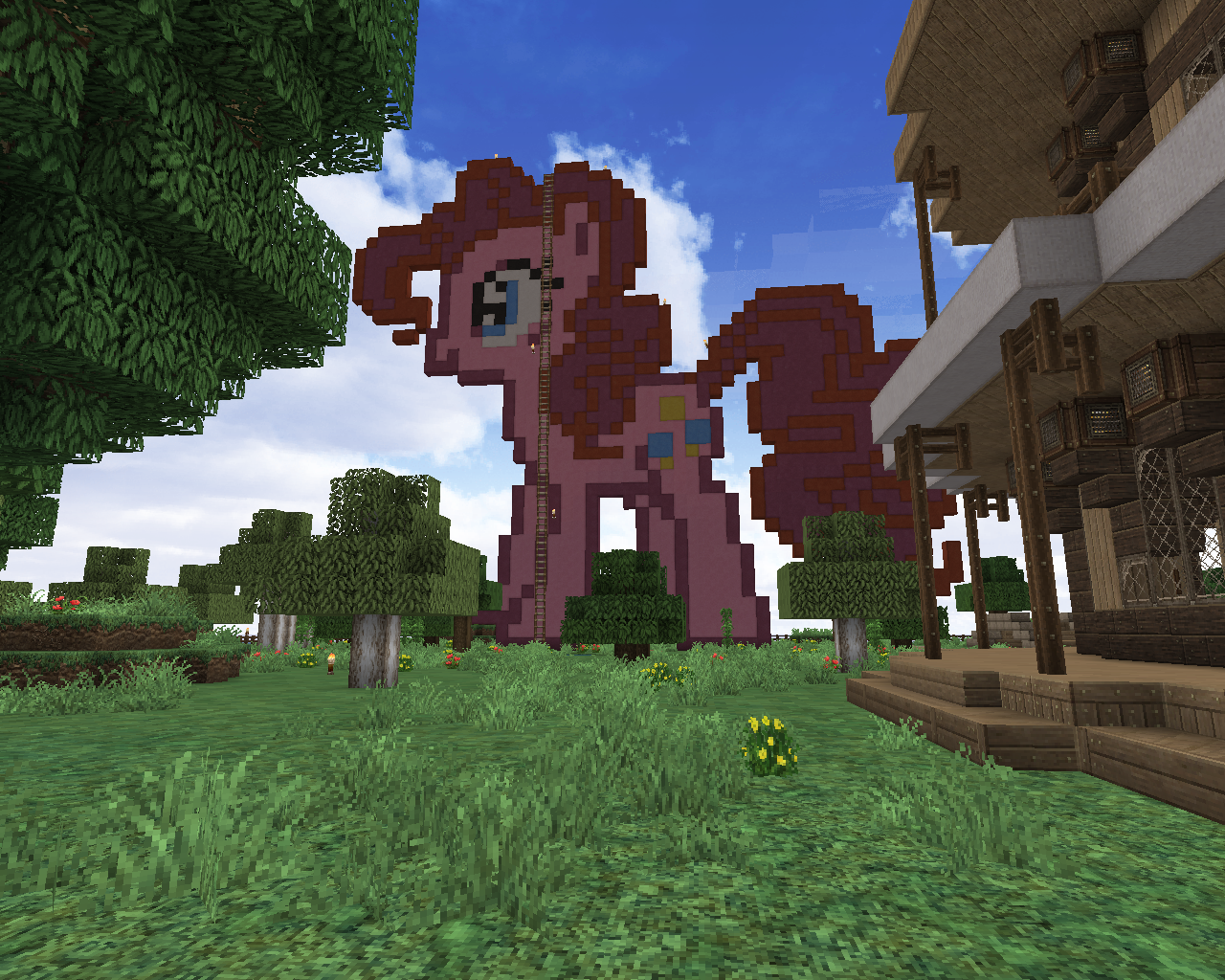
Minecraft Interviews
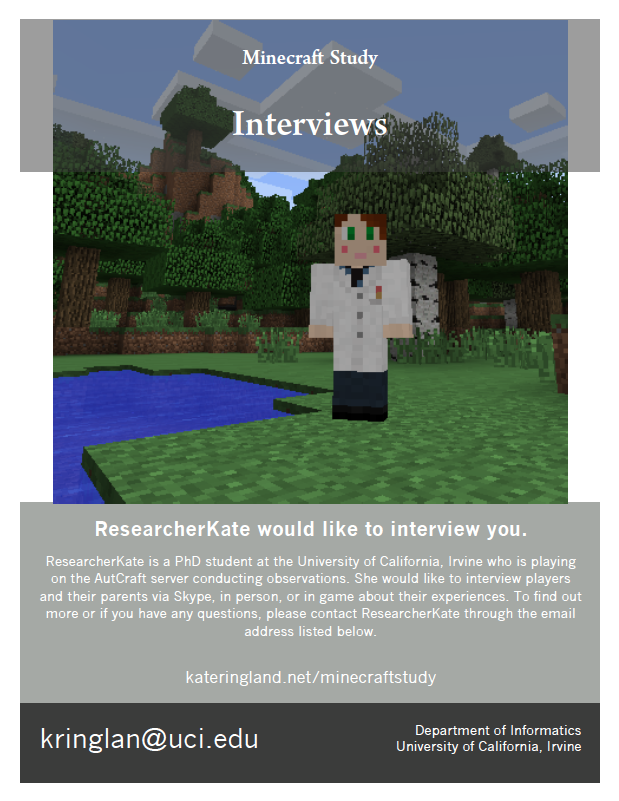
The purpose of this research is to determine how children with Autism Spectrum Disorder use the virtual world Minecraft to communicate. While there are no direct benefits from participation in the study, it may explain how children with Autism Spectrum Disorder socialize and how to best assist them with technological interventions for communication. Interviews will take place within Minecraft, in person, or via Skype, depending on your preference. Interviews should take approximately 1 hour.
Please email me at kringlan [at] uci [dot] edu to arrange an interview!
Click HERE for info for parents.
Last week, I co-led a lecture on GamerGate. This was meant to give our class (Computer Games and Society) a small taste of the GamerGate controversy. First time giving a large-lecture hall talk! It was nerve-wracking, but exciting. I’ll leave it here for you to enjoy.
I have been getting questions about the EAPSI application process, so I thought I would save everyone some time and write a quick blog post about my experience. I will probably update this as needed (when I think of new things or someone asks me a new question).
Firstly, for those who don’t know what EAPSI is, it is a summer internship opportunity that is funded through the NSF that gives student researchers a chance to conduct research in various Asian/Pacific countries. As an EAPSI 2014 Fellow, I was able to spend 10 weeks in Hiroshima, Japan conducting research at the university there. NSF has a lot of really great information on their website, which I highly encourage you to read through if you are thinking about applying.
As a caveat, my experiences are particular to the Japan EAPSI fellowship. Each country has a different relationship with NSF, differing numbers in terms of applicants they will take, etc. For instance, it is a fact that the countries where the primary language spoken is English have a much lower acceptance rate. The non-English speaking countries, like Japan, have much higher acceptance rate (I heard the number 40% floating around, but can’t verify that).
Now, I’ll present my advice as someone who had their fellowship application accepted.
- You have to have a good idea of who you will be working with in the country of your choice. In face, you will not get accepted as a fellow without a letter of support from that person. What I did for Japan is searches on the web for anyone who might be related to my area. When I didn’t hear back from anyone, I had my advisor send some emails. In the end, I found someone who was not directly in my field, but he was someone who could use my expertise (as someone who can built and evaluate tech). We emailed back and forth several times, while I worked out a potential summer study plan*. SAVE all these emails and attach them to your application. NSF wants proof that you have a working relationship of some kind with your potential host.
- You don’t need international experience, so don’t stress it. It’s more important that for your application that you have a relationship with your potential host researcher (see #1). You also don’t need to be able to speak the language of your country of interest. NSF is more interested in sparking collaboration and giving students a new opportunity.
- Have very clear Intellectual Merit and Broader Impacts categories in your application. If you have applied for the GRFP, then you know how important these categories are. Make sure you have lots of both.
- It needs to be clear that you know how to plan a research project that will take place in the allotted time. You only have 8 or 10 weeks, depending on which country you go to. That’s not very much time at all. Be able to articulate the work you will do leading up to the summer and how you will possibly extend your work (and your new international collaboration) into the future after the summer has finished.
- Look through the slides and handbooks from the NSF EAPSI website. These were super informative for me when I was writing my proposal and application.
Here are the quotes from my IM and BI categories of my proposal:
“Intellectual Merit. The intellectual merit of this project includes an examination of how designing assistive technology can occur in a cross-cultural practice, particularly between Japanese and American researchers. This project will also result in a prototype of an Augmentative and Alternative Communication (AAC) device for Japanese speaking users. In addition, the work from this project will contribute to the development of a framework to facilitate cross-cultural design of assistive technology. I plan on disseminating the results of my proposed work through academic publication at conferences, such as CHI and UBICOMP, and relevant academic journals.
Broader Impacts. This project will ultimately benefit children with ASD, their caregivers, and with which peers they interact. The project will strengthen international ties between USA and Japan as I collaborate with researchers from Hiroshima University. This project will allow me, as an underrepresented student, to gain experience researching internationally. I intend to share this work and experience at conferences, such as the Grace Hopper Celebration of Women in Computing and the Richard Tapia Celebration of Diversity in Computing, aimed at underrepresented students in both graduate and undergraduate school. This will bring awareness of my work to underrepresented groups in computing fields and help draw more women, minority, and students with disabilities to graduate school. I will also keep a blog during my experience in Japan on my personal website. As part of my studies at UCI, I plan to continue to mentor undergraduate students and to continue to develop technologies that can be used to assist children with disabilities.”
*In truth, this plan did not really end up happening due to a lot of different things, which is totally okay and normal. We still did some amazing research.
Additional questions can be left as comments here or emailed to me at kringlan [at] uci [dot] edu.
Hope this was helpful!
Dance Buddy animation is complete!
Yeah, that’s me being completely ridiculous after a very long day of programming.
